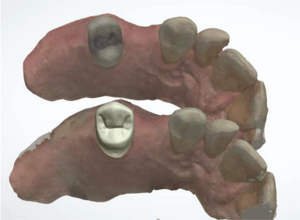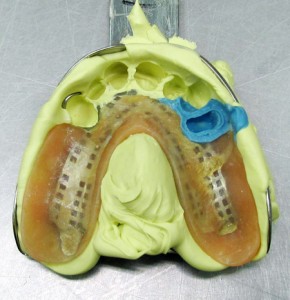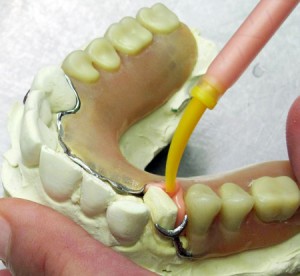Placing a crown under a partial denture requires precise impressions to ensure a proper fit. This process can be complex, but by following the right technique, you can achieve optimal results. Below are the three recommended methods, listed in order of preference, to help ensure a successful outcome.
Pretreatment Scan Technique

For digital restorations, the Pretreatment Scan Technique is ideal. Start by scanning the tooth before any preparation. It’s crucial that the tooth is intact—any damage will impact the accuracy of the scan. Additionally, the partial denture should not be in place during the scan as it may interfere with the digital impression.
This method is perfect when you need a precise digital model of the tooth before alterations. It ensures that the final restoration fits perfectly, and the size and retention of the tooth are preserved.
Partial Inclusion Technique

For traditional analog cases, the Partial Inclusion Technique is a reliable choice. In this method, take the impression with the partial denture in place, exposing the tooth prep. Make sure the partial is fully seated and remains seated throughout the impression process.
Once the impression is made, send it to the lab for fabrication. This technique provides the technician with the exact information needed to create a prosthetic that fits well. However, keep in mind that the partial cannot be returned separately from the final restoration.
Chairside Index Technique

When it’s not possible to send the partial to the lab, the Chairside Index Technique is an effective alternative. Start by placing the partial in the patient’s mouth. Then, using a light body PVC material, squirt some impression material around the prepared tooth to capture any rest seats and clasps. Once the index is made, carefully remove it and send it along with the final impression to the lab.
For better accuracy, include a photo of the partial showing any clasps or rest seats. This will allow the lab technician to double-check the index and ensure it’s correct. This method requires a highly skilled technician, as precision is key to achieving a well-fitting prosthetic.
Consistent Results
Using these techniques will help you receive more predictable results for your crown under partial cases, thus reducing valuable chair time and creating satisfied patients. If you have further questions or concerns regarding any of these techniques, please consult with your DDS Lab dental lab technician.
